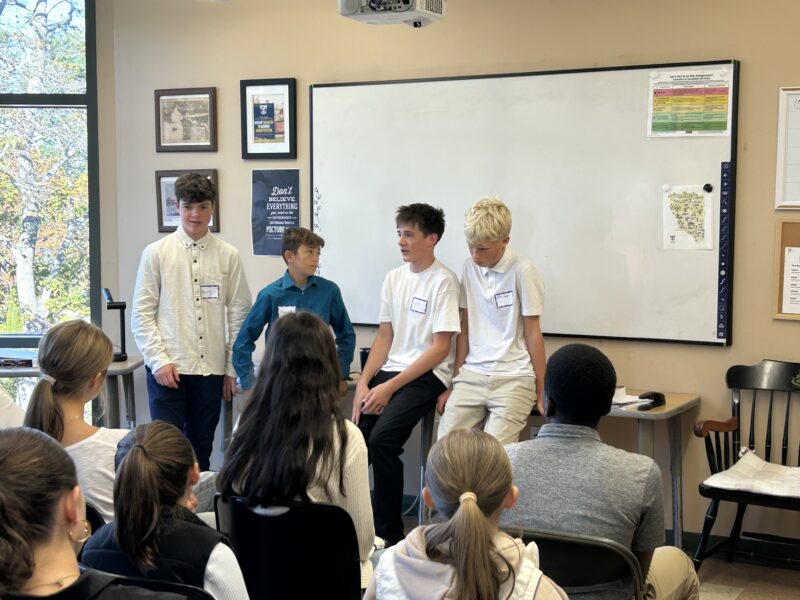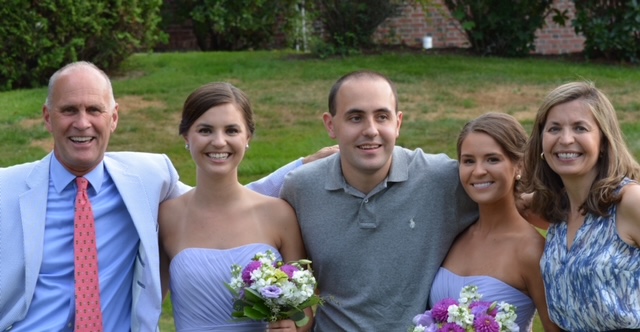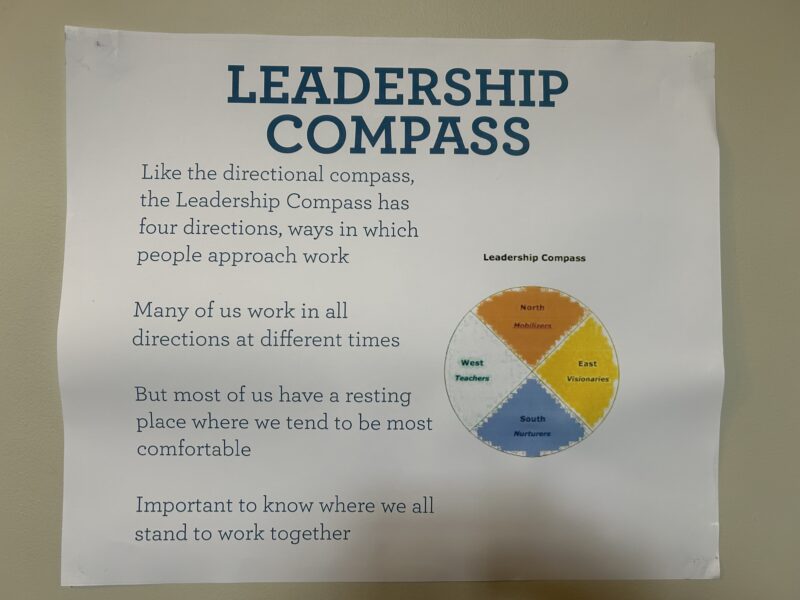For fifty years, Hyde and character have marched hand-in-hand. OK, so what is this thing called character?
Lots of folks have tried to define it. Here are some definitions I like:
Winston Churchill: “Character is the habit of making right decisions.” That might be laconic, but it perhaps captures the behavioral part of it.
Kevin Ryan: “To know, to do, and to love the good.” I love that. (If you don’t know Kevin’s work, he’s the founder and director emeritus of The Center for the Advancement of Ethics and Character at Boston University. He’s also one of the good guys.)
Thomas Lickona, founder of the Center for the 4th and 5th R, and definitely one of the good guys (!), delineates character into two distinct parts: “performance character” (e.g., self-discipline, grit, and persistence) and “moral character” (e.g., honesty, respect, and compassion). Good stuff.
I also like Lickona’s definition of character education as “the deliberate effort to cultivate virtue in its cognitive, emotional, and behavioral dimensions through every phase of school life.” That may come the closest to what we strive to do at all of our schools.
Guardian & Catapult
Informed by these and other individuals I have been fortunate to encounter in my pedagogic journey, I have come to perceive character as a dual force that serves as our guardian against temptation and our catapult to greatness.
Most character programs I’ve observed tend to be long on guardian and short on catapult. This is because of an unfortunate but all too common tendency to equate “character program” with “solution to a problem.” For example, parents and teachers might think, Hmm… Maybe a character program would cut down on bullying on the playground. Once the problem is solved, the character program returns to the shelf only to gather dust. Despite the fact that any rational person knows we need character in both good times and bad, our schools seem mired in the guardian trap which is tantamount to one hand clapping.
Onward, Malcolm Gauld


